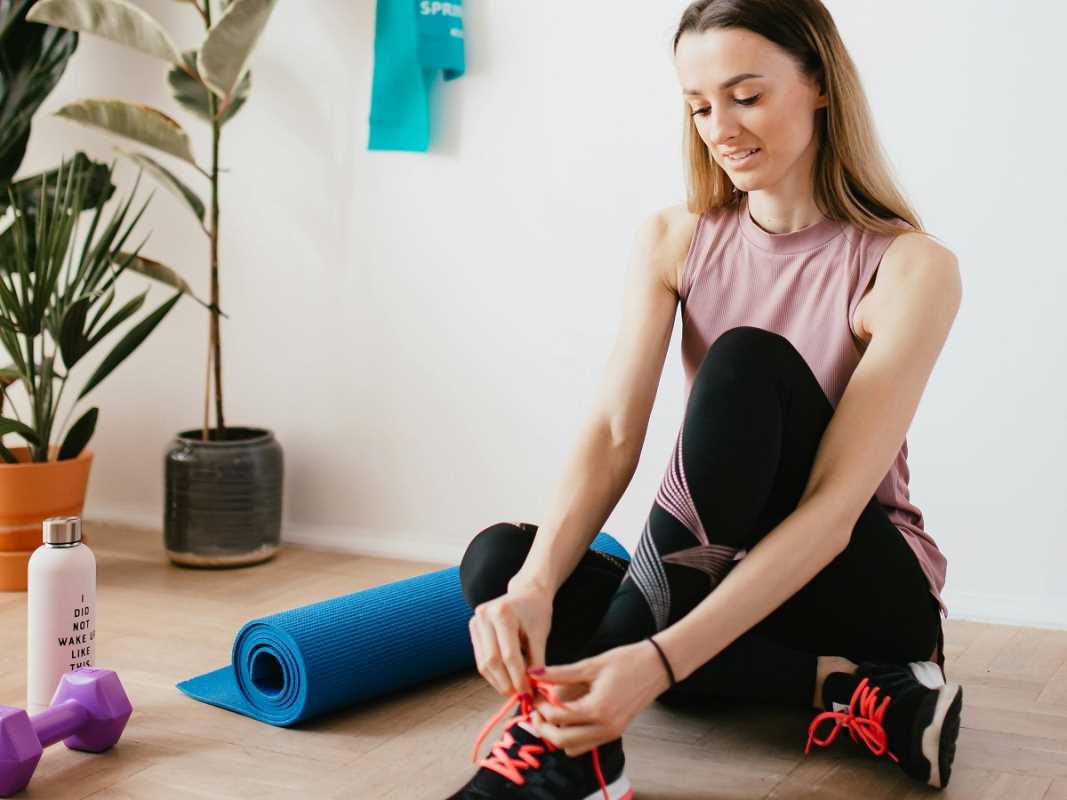Many people find it difficult to fit long gym sessions into their daily routines, and that’s completely normal. You can approach fitness with a new perspective by noticing opportunities for movement throughout your day, whether at home, at work, or on the go. Short, active moments—like taking the stairs, stretching between meetings, or doing a quick set of exercises—can add up and make a real difference. Instead of waiting for the perfect time to exercise, use these small windows to boost your energy and support your health. Every minute you move brings you closer to feeling stronger and more balanced.
This guide helps you uncover overlooked pockets of time and turn them into impactful fitness opportunities. You’ll learn how to reframe brief intervals as chances to feel stronger, more energetic, and more in control—without sacrificing your work, studies, or social life.
Change how you see brief sessions
When you view micro-workouts as vital efficiency tools, you gain momentum. Short efforts often feel more achievable than daunting gym commitments, and they build confidence through quick wins. Recognizing even five-minute engagements as legitimate progress encourages consistency.
Instead of waiting for a free hour, mentally designate small windows—waiting for coffee, post-email breaks, or while on hold—as chances to flex muscles. By embracing activity in tiny increments, you create a tapestry of movement that outpaces occasional marathon workouts.
Find hidden opportunities for movement
People often overlook unexpected chances to move: lining up for the bus, reading notifications at your desk, or even chatting between appointments. When you scan daily rhythms for these intervals, you reveal dozens of pockets ideal for quick exercises. This approach builds a habit loop without disrupting tasks.
Pay attention to environmental cues—say, finishing a chapter in a book signals a set of calf raises, or a phone call’s start triggers desk push-ups. By connecting movement to routine triggers, you weave fitness seamlessly into everyday life and avoid the friction of carving out separate workout slots.
Do Quick Core Exercises Anytime
Follow these detailed mini-workouts that require zero equipment and fit into any spare moment:
- Wall Sit Hold
- Purpose: Strengthen quads and build endurance without a chair
- Steps:
- Stand with back against a wall
- Slide down until knees form a 90° angle
- Hold position for 30–60 seconds
- Cost/Availability: Free, needs only a clear wall space
- Insider Tip: Engage your core and squeeze glutes to reduce lower-back strain
- Desk Plank Sequence
- Purpose: Target core stability and shoulder strength
- Steps:
- Place forearms on desk edge, walk feet back
- Keep a straight line from head to heels
- Hold for 20–40 seconds, rest, repeat
- Cost/Availability: No gear, uses your workspace
- Insider Tip: Press palms slightly to activate triceps and protect elbows
- Stairway Calf Lifts
- Purpose: Improve calf definition and ankle mobility
- Steps:
- Stand on a stair edge with heels hanging off
- Press up onto toes, pause at top
- Lower heels below step level
- Perform 15–20 reps
- Cost/Availability: Free if you have stairs at home or office
- Insider Tip: Hold a railing lightly to focus tension in calves, not balance
- Chair-Assisted Tricep Dips
- Purpose: Build tricep strength for toned arms
- Steps:
- Position hands on chair seat, fingers facing forward
- Extend legs and lower body by bending elbows
- Push back up until arms straighten
- Aim for 10–15 reps
- Cost/Availability: Uses a stable chair; zero expense
- Insider Tip: Keep shoulders down and elbows close to sides to prevent joint stress
- Countertop Hip Flexor Stretch
- Purpose: Alleviate tight hips from long hours of sitting
- Steps:
- Place forearm on counter and step one leg back
- Sink hips forward while keeping torso upright
- Hold for 30 seconds per side
- Cost/Availability: No special equipment, just any kitchen or bathroom counter
- Insider Tip: Tuck the pelvis slightly under to deepen the stretch without arching the back
Adjust exercises for each part of your day
Plan your typical day in five- to ten-minute segments. List your tasks and note natural pauses or transitions. Assign one quick exercise to each window—such as hip circles between video calls or reverse lunges after finishing a report. This personalized plan ensures regular movement without guesswork.
Label each segment with a specific move, so you avoid decision fatigue and jump straight into action. When you see “lunge break” on your timeline, you know exactly what to do and how long to do it. This clarity keeps you motivated and prevents missed opportunities.
Keep Track of Your Small Achievements
Record mini-workouts like stair lifts or desk planks instead of just tracking hours, and review weekly totals to spot helpful patterns. Small sessions add up quickly, making fitness easier to fit into busy schedules. With steady micro-steps, you’ll build strength, focus, and confidence without overhauling your routine.
 (Image via
(Image via

.jpg)



